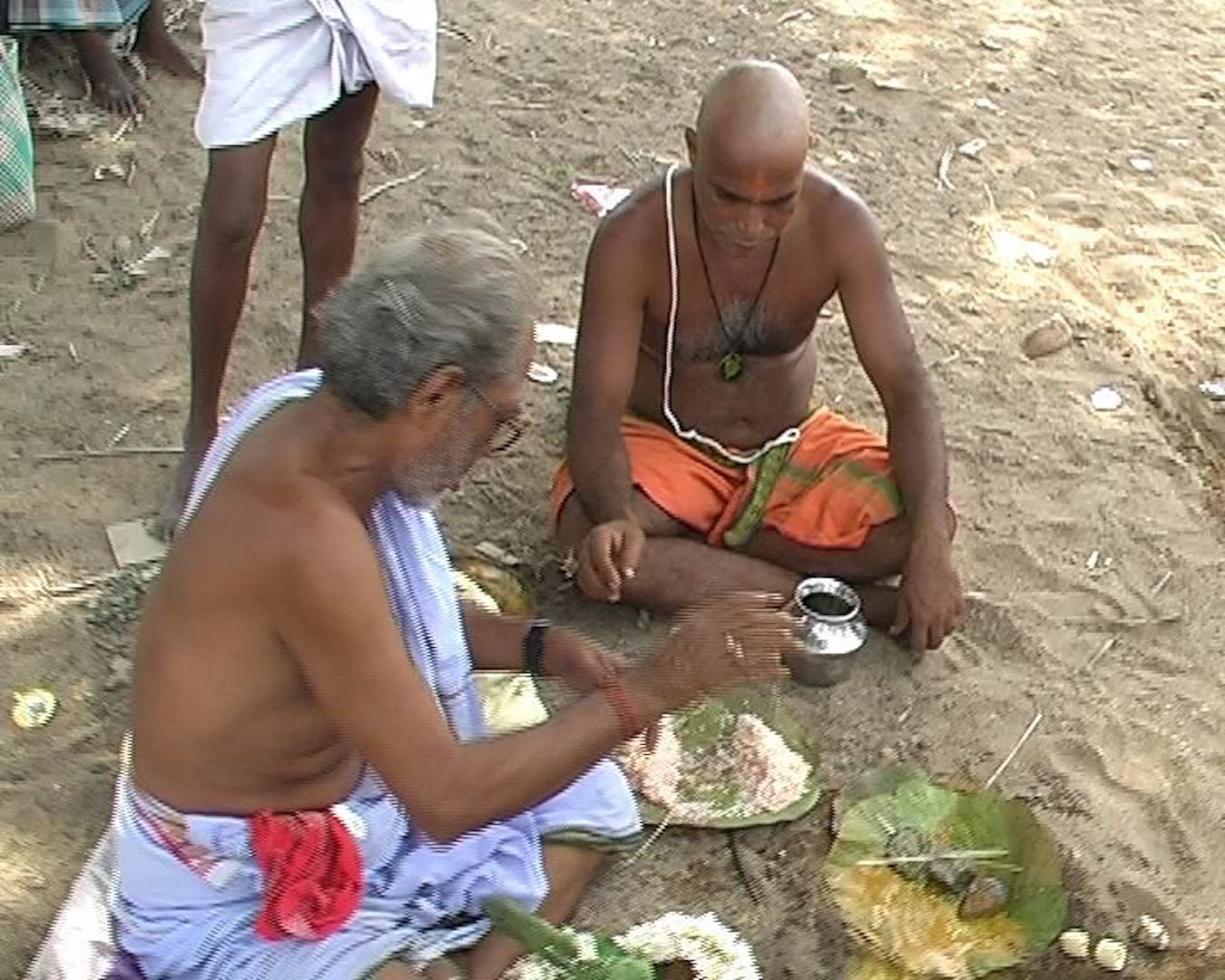


Now to encourage the dying art there are some workshops for koothu called koothu pattarai. In early stage there was no proper institution or nattuvanar (teacher) for koothu. There is mention of this koothu in Silapathikaram. Another important art form viz, Chakyar koothu is very popular in Kerala. Types of koothu includes Nattu Koothu, Kuravai Koothu, and Valli Koorhu, which are of about the state and culture of different peoples in Tamil country Samaya Koothu showcasing religious topics, Porkaala Koothu, Pei Koothu, Thunangai Koothu about martial arts and war of the country. Usually the whole trope will be played by males, even female characters also be performed by males. They put on high towering head dress, sparkling shoulder plates and wide colorful skirts. The artists dressed up with complex heavy costumes and have a very bright elaborated makeup. Artists are trained to sing in their own voice and in a high pitch to reach entire crowd, since no technology available that time. There will be no dialogues instead only songs. Koothu is an informal dance structure, the performances generally depict scenes from ancient epics like Ramayana, Mahabharatha and Tamil classical epics. More than entertainment, therukoothu educates the rural people about religion and their history. Mentioned in the Sangam literatures about the development of iyal (literature), isai (music) and natagam (drama). At early age the art of entertainment reached its peak in Tamil country. But more precisely Koothu refers to Therukoothu (Tamil:தெருக்கூத்து) that is street dance or street play or street drama since it will be performed in the village squares. Koothu (Tamil: கூத்து), and alternatively spelt as kuttu, means dance or performance in Tamil, it is a folk art originated from the early Tamil country.


 0 kommentar(er)
0 kommentar(er)
